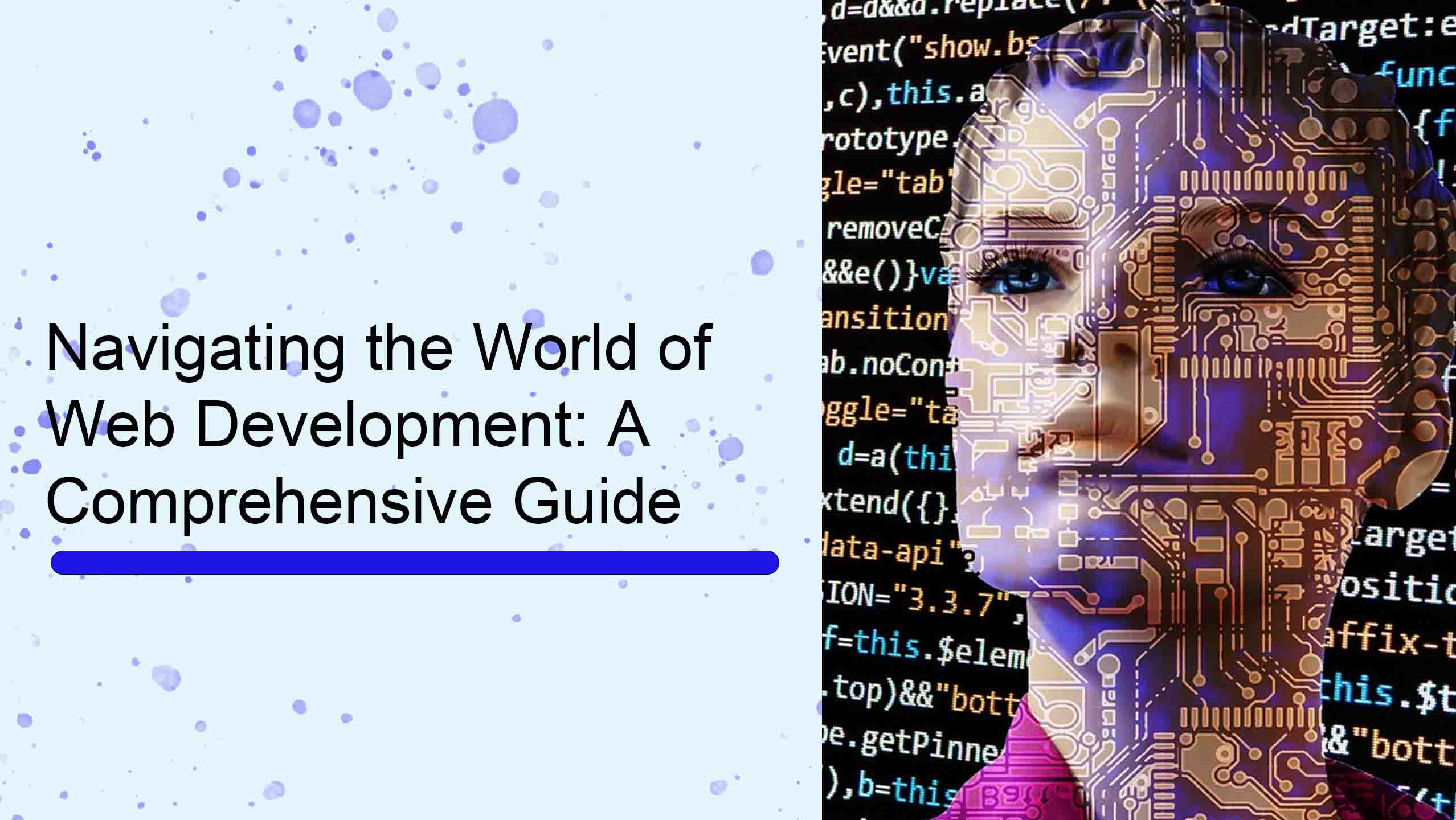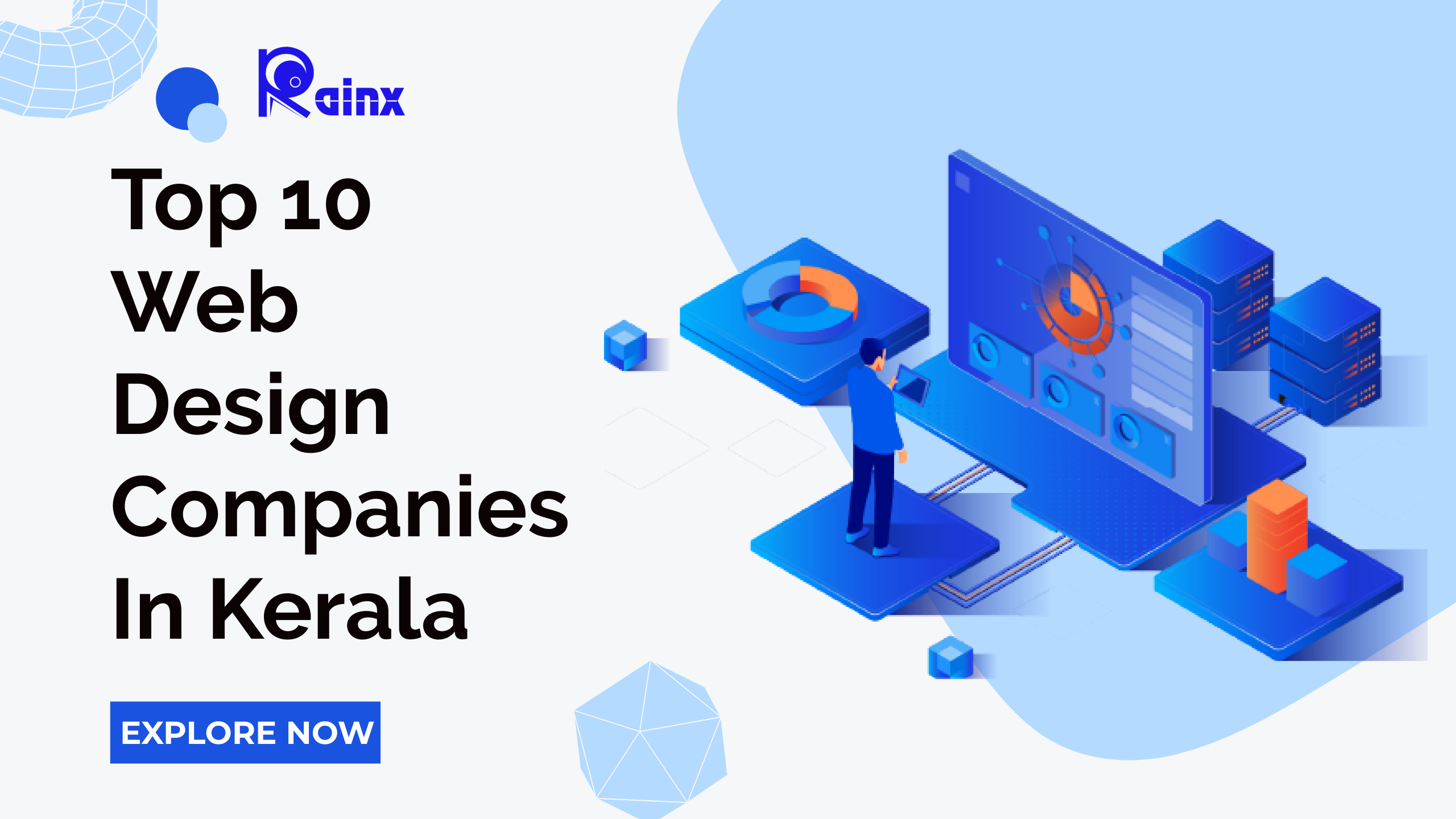Introduction
In the dynamic landscape of the internet, web development stands as the backbone of our digital experiences. This comprehensive guide aims to demystify the world of web development, covering everything from its historical roots to the latest trends shaping the industry. Whether you’re a seasoned developer or a novice exploring the coding realm, this article provides insights, techniques, and resources to navigate the multifaceted world of web development.
The Evolution of Web Development
1. **From the World Wide Web to Web 3.0: A Historical Perspective**
Delve into the historical evolution of the World Wide Web. Trace the journey from static HTML pages to the interactive and interconnected experiences of Web 3.0. Understand the key milestones and technological advancements that have shaped web development.
2. **Client-Side vs. Server-Side: The Dual Nature of Web Development**
Explore the distinction between client-side and server-side development. Understand how browsers and servers collaborate to deliver seamless and interactive web experiences.
3. **Frameworks and Libraries: Streamlining Development**
Examine the role of frameworks and libraries in web development. From Angular and React to Bootstrap and jQuery, understand how these tools simplify coding tasks and enhance the efficiency of development projects.
Key Pillars of Web Development
1. **HTML: The Structure of the Web**
Master the fundamentals of Hypertext Markup Language (HTML). Learn how to create structured and semantically meaningful content that forms the foundation of every web page.
2. **CSS: Styling the Web**
Dive into Cascading Style Sheets (CSS) to understand how to add visual appeal to your HTML structure. Explore layout techniques, responsive design principles, and the latest trends in web styling.
3. **JavaScript: Bringing Interactivity to the Frontend**
Uncover the power of JavaScript in enhancing user interactions on the frontend. Explore key concepts such as DOM manipulation, event handling, and asynchronous programming to create dynamic web applications.
4. **Backend Technologies: Powering the Server-Side**
Explore backend development using popular technologies like Node.js, Django, or Ruby on Rails. Understand server-side scripting, database interactions, and server deployment to build robust web applications.
5. **Databases: Managing Data Effectively**
Delve into the world of databases and data management. Explore relational databases like MySQL, NoSQL databases like MongoDB, and understand how to design efficient database schemas.
6. **APIs: Connecting Systems**
Understand the role of Application Programming Interfaces (APIs) in connecting different components of web applications. Explore RESTful and GraphQL APIs and learn how to integrate third-party services.
Tools and Technologies
1. **Code Editors and IDEs: Choosing Your Workspace**
Navigate through popular code editors like Visual Studio Code and integrated development environments (IDEs) such as JetBrains IntelliJ IDEA. Discover features that enhance coding productivity.
2. **Version Control: Collaborative Development with Git**
Master the use of version control systems, particularly Git. Explore branching, merging, and collaborative workflows to streamline development processes and facilitate teamwork.
3. **Containerization: Dockerizing Your Applications**
Explore containerization with Docker. Understand how container technology simplifies deployment, scalability, and ensures consistency across different development and production environments.
4. **Continuous Integration and Deployment (CI/CD): Automation in Development**
Dive into the principles of CI/CD. Learn how automated testing and deployment pipelines improve code quality and streamline the release process for web applications.
Emerging Trends in Web Development
1. **Progressive Web Apps (PWAs): Blurring the Line Between Web and Mobile Apps**
Explore the concept of Progressive Web Apps. Understand how PWAs combine the best of web and mobile app experiences, offering offline capabilities and improved performance.
2. **Serverless Architecture: Revolutionizing Web Development**
Delve into serverless architecture and its impact on web development. Explore platforms like AWS Lambda and Azure Functions, focusing on building scalable applications without managing server infrastructure.
3. **WebAssembly (Wasm): Bridging the Gap Between Languages**
Understand the role of WebAssembly in web development. Explore how Wasm enables high-performance execution of code written in languages like C++ and Rust directly in the browser.
Professional Growth in Web Development
1. **Building a Strong Portfolio: Showcasing Your Skills**
Understand the importance of a compelling portfolio in the competitive field of web development. Learn how to showcase your projects and skills effectively to prospective employers or clients.
2. **Freelancing vs. Full-Time: Choosing Your Career Path**
Explore different career paths in web development, from freelancing to full-time positions. Understand the pros and cons of each and discover the path that aligns with your professional goals.
3. **Staying Relevant: The Role of Continuous Learning**
Embrace the mindset of a lifelong learner in web development. Discover resources, online communities, and strategies to stay updated with the latest technologies and trends.
Conclusion
As we journey through the vast landscape of web development, it becomes evident that it is more than just coding—it’s a dynamic fusion of creativity, problem-solving, and continuous learning. Whether you’re crafting visually appealing frontend interfaces or architecting robust backend systems, web development is about building experiences that shape the digital world. May this comprehensive guide serve as a compass on your coding odyssey, guiding you through the ever-evolving terrain of web development.
Related: Explore the best web design companies in Trivandrum.







